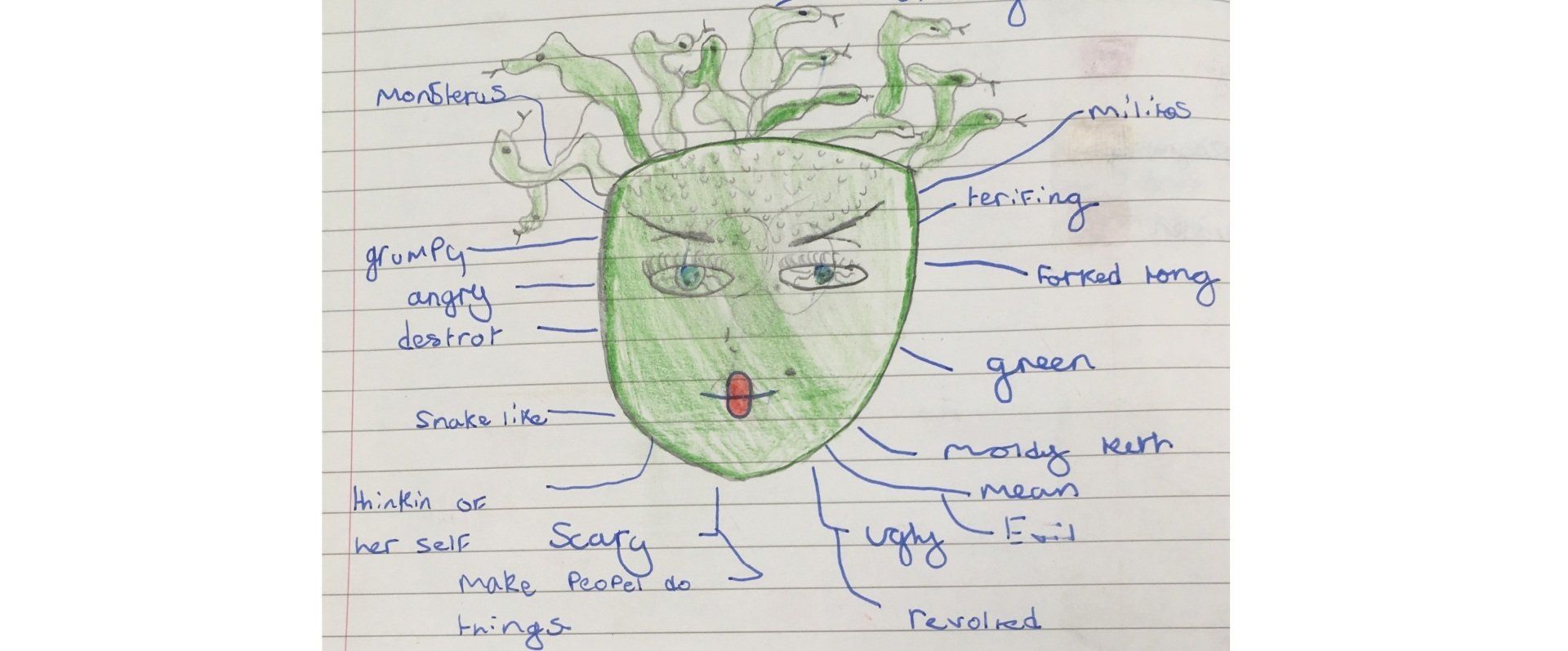Physiotherapy and exercise for ASD pupils
- by James D. Lewis
- •
- 04 Jan, 2018

Physiotherapy and exercise for ASD pupils
Physiotherapy and exercise are important educational areas to develop Peranich et al (2010). A few years ago I taught a child who had an ASD who refused to walk even though he was physically able to. His lack of good posture and exercise led to his obesity and behaviour issues relating to exercise. He was excluded from his previous SLD school. His behaviour was modified through a variety of approaches such as TEACCH (Treatment and Education of Autistic and Communication Handicapped Children) Chatwin (2007) and Team Teach (2006) strategies. We managed him to engage him eventually in significant amounts of exercise, to the point that the wheel chair was no longer used. He previously used to open his bowels once a week, leading to extreme constipation Coury (2010). I have seen this with other ASD children who appear to associate defecation with an unwanted loss from their body. The toileting issue was however resolved through his consistent exercise regime. This led to the reduction of drugs that he needed in regards to his bowel movement and the eventual discontinuation of the sedation that originally was prescribed to reduce his bowel issue anxiety. It lead to an all round improvement in his health and a lessening of his violent behaviour, aggression to himself and others. The maintenance of consistent boundaries by all members of staff in contact with the child helped enormously in this matter, solidifying the philosophy of the Team Teach (2006) method.
An example of this approach in another of my classes was when one child in the class became violent; the other children whom also had ASD and functioning at a level that enabled them to understand a limited social awareness, suddenly became interested in the scenario. The consistent approach between children by the staff gave a very secure understanding of the boundaries. I feel that particularly for some children the experiences of seeing others being dealt consistently with the same strategies at similar times, led to a partial awareness of their own behaviour and the consequences of it. Some children consequently were given a brief insight into their own behaviour and some ability to reflect upon their own de-escalation or avoidance strategies, should the situation arise. Nah & Poon (2010).
This class benefited from a physical education element within the timetable. All the children however interacted with events in a passive way and it seemed appropriate to create a programme that was suited to their needs rather than to give them experiences above their capability for the sake of perpetuating the existing PE scheme of work. In replacement we had yoga and passive movement sessions, which coincide with the school physiotherapist engaging in her specific 1:1 work. The lessons involved lots of rotation, flexion, relaxation and breathing exercises. The children benefited from increased muscle tone for those with poor muscle tone and increased flexibility for those with high muscle tone. The children with an ASD benefited from the repetitive routine Chatwin (2007), leading to increasing calm Wing (1996) and the other children benefit from the 1:1 exercise that they would not had been able to achieve by sitting in a wheelchair.
The three children who could weight bear accessed swimming lessons on a 1:1 staffing basis once a week. It gave them increased exercise opportunities as they were typically slow movers out of water. The remaining four children who have PMLD issues were given intensive hydrotherapy physio once a week in our dedicated pool within school again with physiotherapist involvement. In addition to this there was a movement to music session, a Tac-Pac (2010) and a Brain gym session Dennison (2010). The music to movement involved giving motivating opportunities for relatively inflexible but weight bearing children to exercise in an adult led environment. Typically these children were inclined to exercise less than their neuro-typical counterparts because there was no social motivation to play games. Social acceptance and the making / investment of developing friendships is not a high priority for people with autistic traits Bogdashina (2005). Games are typically linked to working in teams, communicating and developing friendships; a child on the autistic spectrum is typically hard wired into activities related to self and the necessity of sports activities seem quite distant Wing (1996). It is a real privilege to support children and their families, making significant impact on their lives, developing positive social interactions and better physical wellbeing!
James D. Lewis is aspiring to and seeking a Deputy Head Teacher post in North Birmingham, UK.










